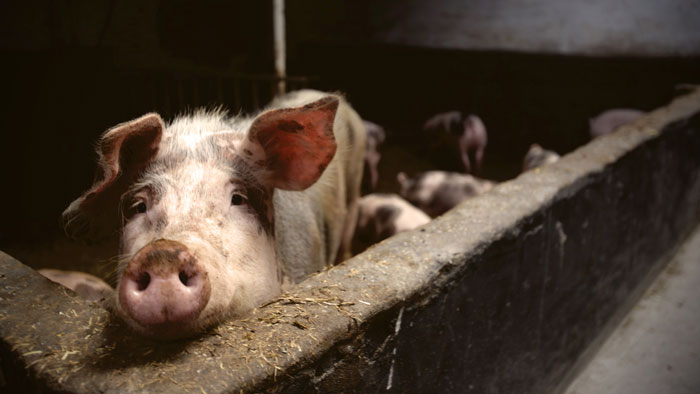Threat of African swine fever hangs over China
- Like
- Digg
- Del
- Tumblr
- VKontakte
- Buffer
- Love This
- Odnoklassniki
- Meneame
- Blogger
- Amazon
- Yahoo Mail
- Gmail
- AOL
- Newsvine
- HackerNews
- Evernote
- MySpace
- Mail.ru
- Viadeo
- Line
- Comments
- Yummly
- SMS
- Viber
- Telegram
- Subscribe
- Skype
- Facebook Messenger
- Kakao
- LiveJournal
- Yammer
- Edgar
- Fintel
- Mix
- Instapaper
- Copy Link
Posted: 12 October 2017 | George Smith (New Food) | No comments yet
Up until now, China has largely dodged the African swine fever (ASF) epidemic. But researchers fear a scenario where the country becomes a ‘vast virus reservoir’, putting the economies of South East Asia in jeopardy.


Emerging from East Africa in the early 20th century, ASF has steadily migrated throughout the continent and is now widespread in the Sub-Saharan region. Outbreaks have been recorded across Europe, South America and the Caribbean. Conversely, Asia has remained miraculously unscathed by the virus which has a mortality rate around 100 per cent in domestic pigs.
But scientists fear that should it gain a foot hold in China, the ramifications could be catastrophic for the whole region.
In an article published in The Veterinary Record, a team from the French Agricultural Research Centre for International Development (CIRAD), the Royal Veterinary College (RVC) and the Food and Agricultural Organization of the United Nations (FAO) began analysing the potential of spread of the disease in China.
The researchers and their Chinese partners compiled substantial amounts of data with a view to assessing the impact of movements of people, goods or wild boar, the consequences of various livestock farming practices, etc.
François Roger, a researcher with CIRAD and Deputy Head of UMR ASTRE, said: “Each year, China produces 500 million pigs, including 40 per cent on small family farms that sometimes have just one or two pigs.
“The country could become a vast virus reservoir if ASF were to become established.
“This would be a threat to emerging economies in Southeast Asia, where pig rearing is growing rapidly. Moreover, the economic and cultural impact would be devastating, as pigs play a central role in these Asian societies. The authorities in China are aware of this, and are keen to improve the country’s preparedness before the disease arrives.”
Their research showed there is a very real risk of the disease springing up in China.
The country has trade links all over the world, and welcomes growing numbers of international visitors from regions affected by the ASF virus.
Furthermore, between 1990 and 2011, imports of pigs and pig products went up by 2500 per cent. While there is a ban on imports from countries affected by ASF, the researchers say there are risks linked to smuggling.
The stakes are high, notably since the virus survives easily in processed products such as cured meats.
Mr Roger added: “One bit of leftover contaminated sandwich that is thrown away and then eaten by a pig is all it takes to trigger an epidemic.
“But waste and swill from aircraft, boats and restaurants are often used in Chinese pig farms.” This practice, which is now banned in most countries, was probably behind the introduction of ASF into Georgia in 2007, from whence it spread to East Europe and Russia, and into Madagascar.
The next stage, the researchers said, will be to build a risk analysis model and assess in more detail the role of surveillance networks. These objectives are to be pursued by the project that will replace the EU LinkTADs project, which ended in 2016 and set out to boost collaboration between European and Chinese experts.
ASF is a virus, transmitted by ticks or by direct contact between animals. The pathogen has natural reservoirs in African wild suids (warthogs, bush pigs etc). While these carriers do not develop symptoms, in domestic pigs and wild boar, ASF causes a violent haemorrhagic fever. Since its emergence, the disease, against which there is no vaccine, has spread throughout sub-Saharan Africa.
Related topics
Contaminants, Food Safety, Outbreaks & product recalls, Supply chain
Related organisations
Food and Agricultural Organization of the United Nations (FAO), French Agricultural Research Centre for International Development (CIRAD), Royal Veterinary College (RVC)









